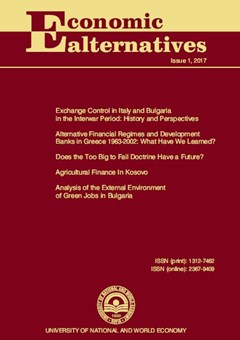Empirical Analysis оf Islamic Banking аnd Economic Growth
Authors: Melloul Anass, Chaik Saif Eddine, Oujgha Reda
Abstract
The last decades have been characterized by sustained economic growth in which the financial system has played a crucial role. Banks have been at the center of this development and have undergone a profound change. Indeed, the emergence of Islamic finance and its place internationally justify the question of its role as a real generator of financial intermediation. In this context, the purpose of this paper is to examine the relationship between Islamic financial model evaluated by Banks Islamic and economic growth. Via a study the in a sample of nine countries, the Islamic Bank system was developed during the period (2008-2014), by employing the Panel Model to see the link between financial development and economic growth. We use time series data of Islamic financial expressed by the following independent variables (total Islamic Bank assets, investment accounts and financial assets, Cost to income ratio, Non-financial income ratio, income on asset ratio). Moreover, real GDP per capita as dependent variable has been used. An Econometric Modelling by the Generalized Method of Moments (GMM) of some indicators and the index of economic growth GDP Consequently, our study confirms the existence of a positive correlation but not strong, enough for the size of Islamic banks in this sample, and weight in the financial system that remains average compared to conventional banks.

